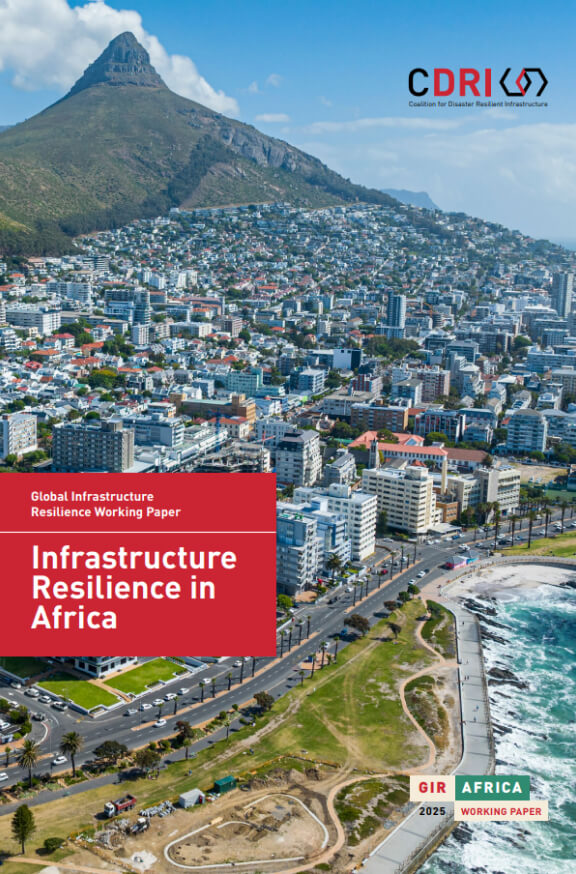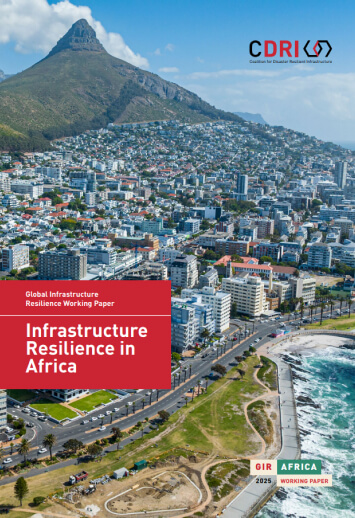The GIR 2025 Africa Working Paper by CDRI presents the first comprehensive assessment of infrastructure risks in Africa using the Global Infrastructure Risk Model and Resilience Index (GIRI).
The paper estimates Africa’s average annual loss (AAL) from disasters at $12.7 billion, with floods and earthquakes as primary hazards. Eastern Africa bears the highest AAL, while smaller nations face proportionally greater economic impacts. Climate change is projected to increase losses by 27%.
It highlights sector-specific vulnerabilities in transport, energy, and urban infrastructure, and emphasizes the need for resilient design, maintenance, and early warning systems. It advocates for financial instruments and institutional reforms to enhance infrastructure resilience.
African governments are leading adaptation efforts, but global support remains crucial. The report calls for coordinated action ahead of the 2025 G20 Summit and COP30.
Key points
- Africa suffers $12.7B annual losses from disasters damaging infrastructure.
- Eastern Africa bears the highest risk due to floods and earthquakes.
- Climate change may increase infrastructure losses by 27%.
- Power, transport, telecom sectors show major resilience gaps continent-wide.
- Smaller nations face proportionally greater economic impacts from infrastructure damage.
- Financial tools, early warnings, and maintenance are crucial for infrastructure resilience.






